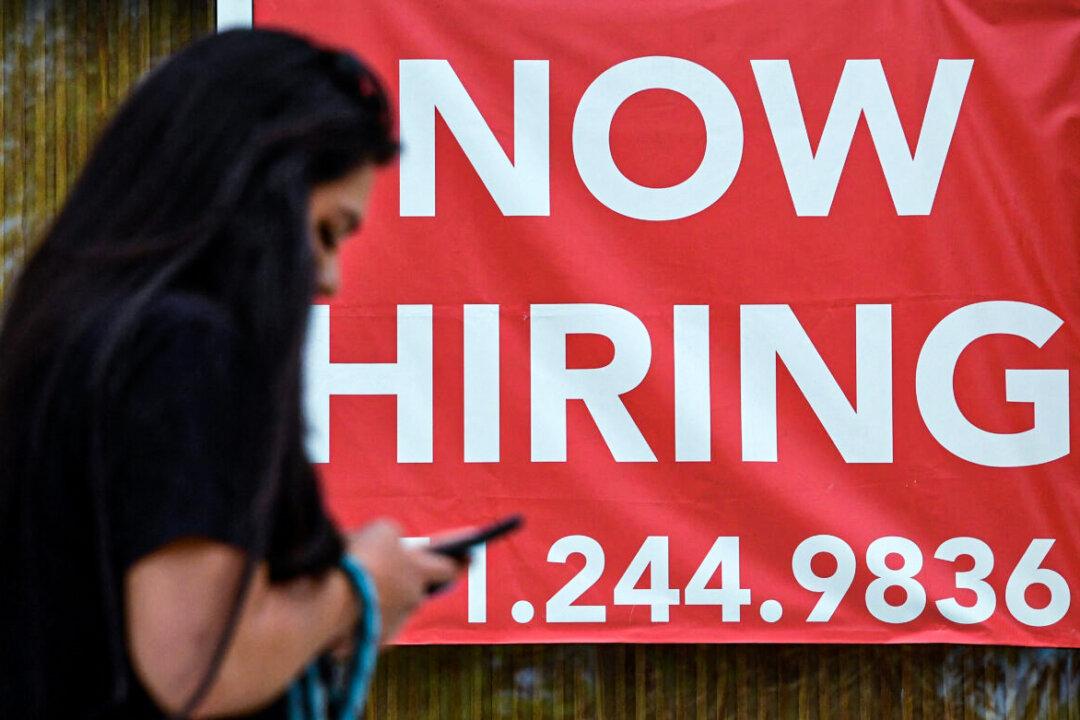Millions of Americans have stopped working—at least on paper—over the past two years. They are only slowly trickling back into the labor force, despite plentiful job opportunities. Multiple factors are causing this, including fear of the disease COVID-19 and self-reported health issues.
Close examination of available data, however, reveals the most prominent factor is that people rely on the taxpayer dime, a recent report concluded.





